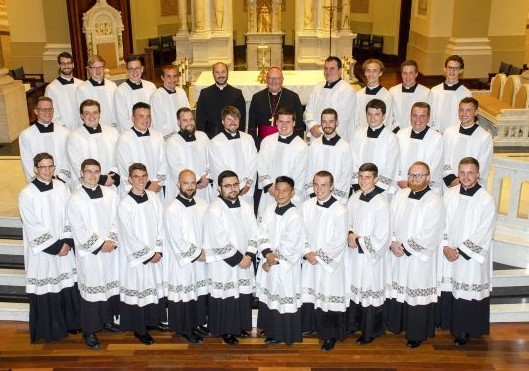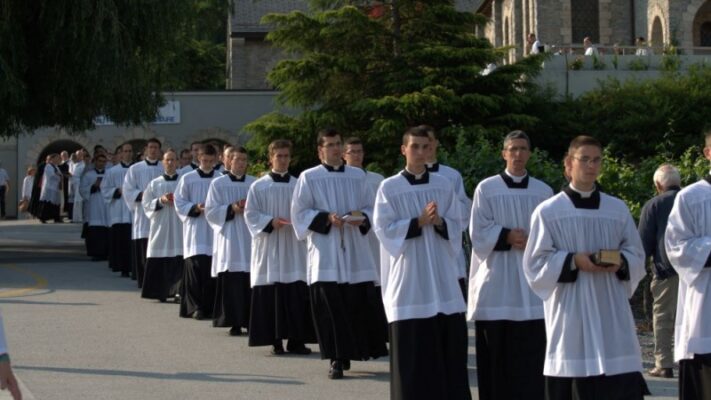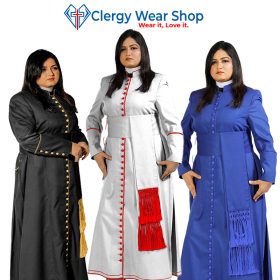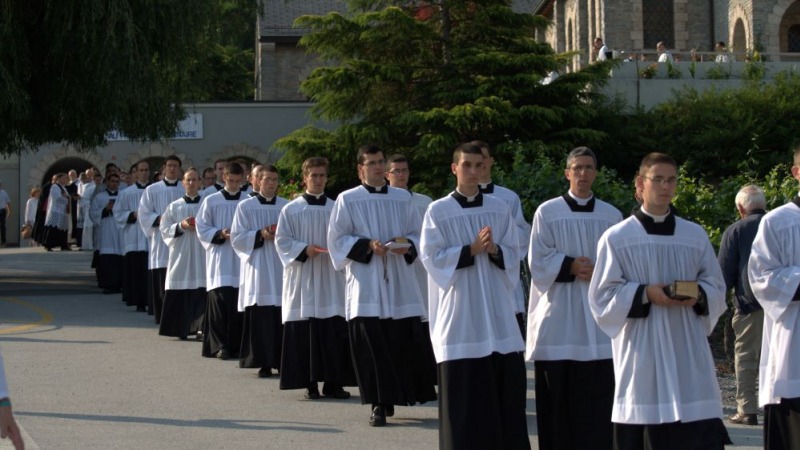Clergy Robes for Men
The Clergy Surplice
The Clergy Surplice | An Important Attire for Religious Services
In religious services, the attire of clergy members holds great symbolic importance. Among the various garments worn by priests and ministers, the clergy surplice stands out as a significant and recognizable vestment. This article explores the history, design, variations, and selection process of the clergy surplice, shedding light on its enduring role within the religious community.
History of the Surplice
The surplice has a long and rich history, dating back to medieval times. It originated as a liturgical garment worn by clergy members during the celebration of Mass. Derived from the Latin word “superpelliceum,” meaning “over the fur,” the surplice was initially made of linen and served as a practical garment to protect other vestments from sweat and dirt.
Over time, it evolved into a symbol of purity and humility, signifying the priest’s role as a servant of God.
Design and Features of the Surplice
The surplice is a loose-fitting, white, tunic-like garment with wide sleeves and a gathered or pleated yoke. Traditionally made from fine linen or cotton, it is lightweight and comfortable to wear. The length of the surplice can vary, ranging from above the knee to ankle-length, depending on the religious tradition and occasion.
One distinguishing feature of the surplice is its ornate lace or embroidered trims. These embellishments often adorn the sleeves, hem, and neckline, adding an aesthetic touch to the garment. The lace patterns may vary, reflecting the cultural and regional influences of different religious denominations.
Variations of the Surplice
While the basic design of the surplice remains consistent, there are several variations found across different religious traditions. Some common variations include:
- a) Full-Length Surplice
This style of surplice extends to ankle-length and is often worn by clergy members in more formal or traditional settings.
- b) Short Surplice
A shorter version of the surplice, reaching just above the knee, is favored by clergy in more contemporary or casual worship services.
- c) Cotta
Similar in design to the surplice, the cotta is shorter and typically lacks the ornate trims. It is commonly worn by choristers and acolytes.
- d) Rochet
The rochet is a longer, close-fitting surplice worn by bishops and certain high-ranking clergy members.
How to Choose the Right Surplice

Selecting the appropriate surplice requires consideration of several factors, including liturgical tradition, personal preference, and the intended occasion. Here are some key points to keep in mind:
a) Tradition and Denomination
Different religious traditions have specific guidelines regarding the design and length of the surplice. Familiarize yourself with your denomination’s requirements to ensure adherence to tradition.
b) Function and Occasion
Consider the purpose and setting in which the surplice will be worn. For more formal ceremonies, a full-length surplice with intricate lace trims may be preferred, while a shorter surplice or cotta could be suitable for less formal occasions.
c) Comfort and Fit
Ensure the surplice provides ease of movement and a comfortable fit. The fabric should be lightweight and breathable, allowing the clergy member to perform their duties without restrictions.
Caring for Your Surplice
To maintain the longevity and appearance of your surplice, proper care is essential. Follow these care instructions:
a) Washing
Check the care label or consult the manufacturer’s guidelines for washing instructions. In most cases, a gentle machine wash or hand wash in lukewarm water with mild detergent is recommended. Avoid using bleach or harsh chemicals that may damage the fabric or lace trims.
b) Drying and Ironing
After washing, gently reshape the surplice and allow it to air dry on a flat surface. Avoid wringing or twisting the garment. Once dry, iron the surplice on a low heat setting, using a pressing cloth to protect the lace trims.
c) Storage
Store the surplice in a clean, dry place, away from direct sunlight and moisture. To prevent creasing, fold the garment neatly or hang it on a padded hanger.
Frequently Asked Questions (FAQs)
Can women clergy members wear a surplice?
Yes, women clergy members can wear a surplice, especially in denominations that allow female ordination.
Is it necessary to wear a surplice during all religious services?
The requirement to wear a surplice varies among denominations and individual churches. It is advisable to consult the specific guidelines of your religious community.
Are surplices available in different sizes?
Yes, surplices are typically available in various sizes to accommodate different heights and body types. It is recommended to choose the correct size for a comfortable fit.
Can surplices be customized with specific designs or trims?
Yes, some manufacturers offer the option to customize surplices with specific lace trims or embroidered designs. Check with liturgical suppliers for customization options.
Are there surplices for children or junior clergy members?
Yes, there are surplices available in smaller sizes specifically designed for children or junior clergy members.
The clergy surplice holds a deep significance within religious services, symbolizing purity, humility, and the role of the clergy as servants of God. Its history, design, and variations demonstrate the diverse traditions and practices found across different denominations. By understanding the importance of selecting the right surplice and caring for it properly, clergy members can enhance their liturgical presence and contribute to the spiritual ambiance of their worship services.

 Clergy Cassocks for Men
Clergy Cassocks for Men Clergy Cassocks for Women
Clergy Cassocks for Women Clergy Robes for Women
Clergy Robes for Women Clergy Shirts for Men
Clergy Shirts for Men Clergy Shirts for Women
Clergy Shirts for Women